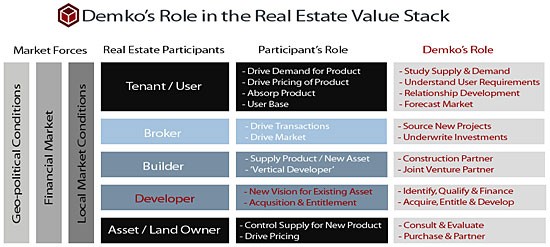Investing In Value Creating Opportunities
Post on: 24 Август, 2015 No Comment

Portfolio Manager of the ASTON/Herndon Large Cap Value Fund
Randell Cain: Well, Wally, I want to thank you for giving me the opportunity to revisit with you to talk a little bit about what’s taking place in the market as well as some specific things that we’re looking at within the fund. As of December 31, 2012, Herndon Capital Management is close to an eight billion dollar institutional money management firm.
As I am looking at the market now, one of the things that we’re seeing is that clearly there has become an affinity for equities, and that’s a positive thing. Last year provided a solid return for the market, and we’ve started off this year quite strong.
Also, you’ve seen a diminishing of interest, at least in terms of the price movement, in the fixed income markets. That’s coinciding, also, with some of the more dividend-oriented securities being a little bit less attractive to the average investor as they’re now viewing capital appreciation as being a way to grow as well as to preserve their capital.
The challenge that you have with that though is that we started off January up pretty nicely. If you were to annualize that number, we would finish the year up about 60%.
Forbes: Good luck.
Cain: Exactly. And so, while I’m appreciative of the solid returns, I do wonder if we have had a little bit too much, too soon. That doesn’t mean that the market has to go backwards, but it would not be surprising or disappointing or unexpected for it to take a breather for a while.
If you look at historical returns, again annualizing what we’ve done just for the month of January, we’re well above those right now. But then on the other side, what you are starting to hear people talk about is a change in the mutual funds market. So the retail investor may be coming back into the market, giving you the opportunity to see equity as it garners the interest that possibly should’ve been there for the past two, three years.
People have been on the sidelines wanting, I guess, to see if this is for real. But, that is coinciding also with some good economic numbers that are showing some persistency. I don’t hear anyone now talking about the chance for recession to come back on the table.
You’re seeing the housing numbers improving. Employment numbers are improving. But you’re still seeing some of the corporations, depending on where they are, reporting numbers that still tend to be a bit more cost driven as to how they’re meeting earnings estimates, rather than being revenue driven.
That, unto itself, is not a bad thing. It could just be a matter of expectations on the top line being too high — and that can happen. And some analysts and some strategists speculate that the numbers are going to be pretty robust this year. And then you have some, on the other end, that are saying that maybe people think it’s going to be a little bit too much, too fast.
We don’t make big macro projections. But as we’re looking at earnings numbers come in and looking at the commentary coming from some of our companies, we do think that the optimism on the fundamental side might be a little high. But it is juxtaposed against a valuation that I think is pretty forgiving within the market right now. Between the two, I’m not expecting a significant falloff in the market. But again, I don’t expect the next 11 months to give us the same kind of returns that we’ve experienced so far for January.
Forbes: Well, it sounds like we have a reasonable chance to hold our own, if not make records month after month.
Cain: Well, it would be great for everybody who’s invested in the market. But I just wouldn’t want to put a lot of confidence into that and start spending those gains too soon.
Forbes: What are some of the specifics you’re looking at positively or negatively?
Cain: Let’s start by talking about some of the sectors that we’re more heavily invested in. From that standpoint, the areas where we have overweights in our strategy are areas such as energy, areas such as materials as well as consumer staples and consumer discretionary. Those areas are the most significant overweights that we have in the portfolio, and that’s been something that’s carried on for a good portion of the last couple of years.
One sector that we’ve now got a bit close to market weight on but that had been one of those overweights is technology. We pared back our positioning there. Again, our approach is truly based on where we see the value creating opportunities or lack thereof.
Now the areas where we’re most heavily underweight are the interest sensitive areas — the financials, telecom, as well as utilities, where we actually have no exposure right now. And then also we’ve pulled back a bit in the health care area, one of the parts of the market that’s benefited from the attractive yields you can get, especially with the large cap pharma companies.
Forbes: Can you name some specific names on either side of your like or don’t like line?
Cain: Well, I’m going to avoid getting into too much of the “not like” part. I’ll leave that to others. I only go one direction.














